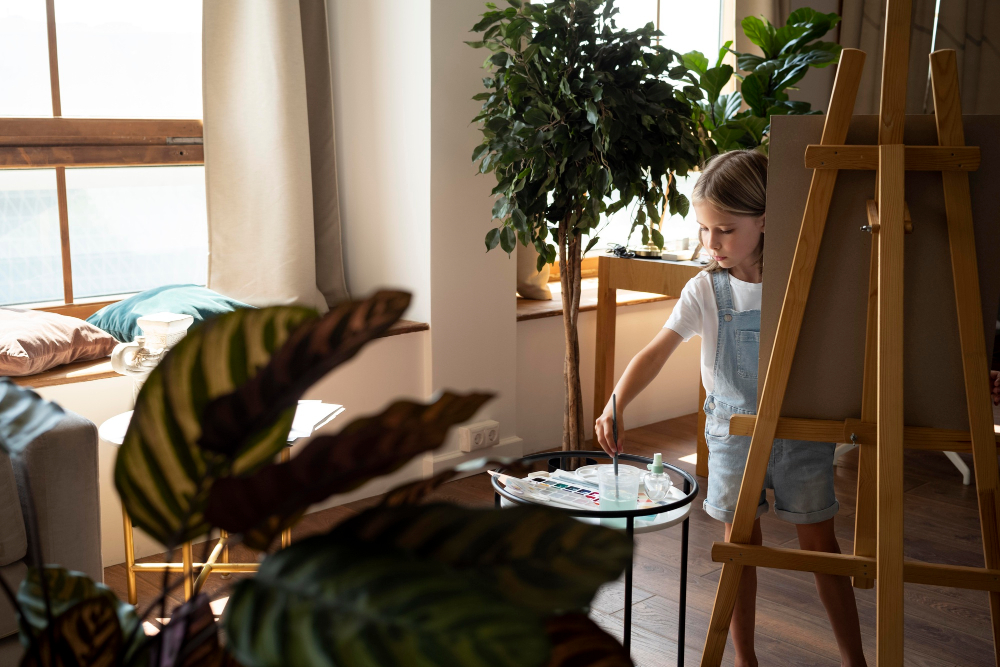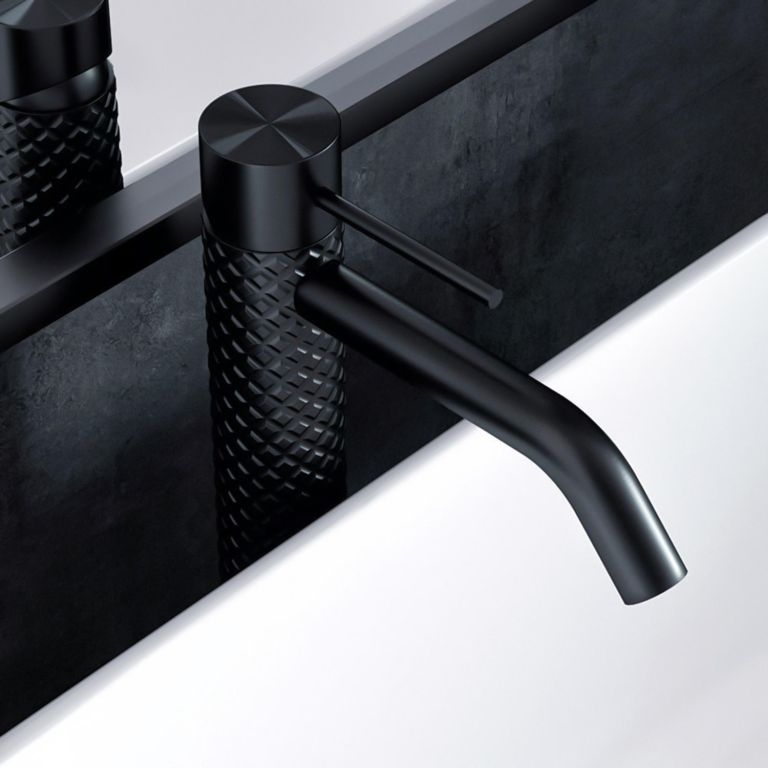I’ll never forget the moment my Saratoga clients first walked into their remodeled living room on a February morning.
The space that had been dark and cave-like for 40 years was suddenly flooded with soft, even light streaming through strategically placed skylights and enlarged windows. Their 8-year-old daughter looked up and said, “It feels like we’re living outside, but inside.”
That transformation captured exactly why natural light design matters so much in Bay Area homes: our Mediterranean climate gives us 260+ sunny days annually, yet many homes were built to block out light rather than embrace it.
The difference between a dark Bay Area home and one optimized for natural light isn’t just aesthetic – it’s transformational. I’ve measured lighting improvements that reduce electric bills by 40%, improve family mood and productivity, and increase home values by 8-15%.
After completing over 300 daylighting projects across the Bay Area, I’ve learned that successful natural light design isn’t about adding more windows. It’s about understanding how our unique climate, architectural styles, and dense urban conditions create specific opportunities and challenges.
The homes that get it right feel larger, more connected to nature, and more energy-efficient. They sell faster and for higher prices because buyers immediately feel the difference when they walk through the door.
Let me show you exactly how to transform your Bay Area home with strategic natural light design that works with our climate, architectural heritage, and modern lifestyle demands.
Why Natural Light Matters in Bay Area Homes
Natural light affects every aspect of home life: physical health, energy costs, emotional wellbeing, and property values. In the Bay Area’s mild climate, we have unique opportunities to maximize these benefits.
Health and Wellness Benefits
Circadian rhythm regulation: Natural light exposure helps maintain healthy sleep-wake cycles, crucial for the high-stress Bay Area lifestyle.
Vitamin D synthesis: Direct sunlight through windows supports vitamin D production, especially important during our mild but often overcast winters.
Mental health impact: Studies show 25-40% improvement in mood and productivity in naturally lit spaces compared to artificially lit environments.
Eye health protection: Natural light reduces eye strain from computer work, particularly valuable for Bay Area’s tech-heavy workforce.
Seasonal Affective Disorder prevention: Maximizing winter light exposure helps combat the depression that affects 10-15% of Bay Area residents during darker months.
Energy Efficiency and Cost Savings
Bay Area climate advantages for daylighting:
Year-round potential: Unlike harsh climates, our mild temperatures allow extensive glazing without excessive heating or cooling loads.
Consistent sun angles: Predictable solar patterns make it easier to design effective shading and light control systems.
Low humidity: Reduced condensation issues allow for larger glass areas and advanced glazing systems.
Extended daylight hours: Summer days with 14+ hours of daylight provide substantial lighting energy savings potential.
PG&E rate structure benefits: Peak electricity rates occur during daylight hours when natural light can offset artificial lighting costs.
Quantified energy savings:
- Lighting reduction: 60-80% decrease in daytime artificial lighting needs
- Cooling load reduction: Advanced glazing reduces heat gain while maximizing light
- Annual savings: $300-800 typical reduction in electricity costs
- Peak demand reduction: Lower bills through PG&E’s time-of-use rate structure
Property Value and Market Appeal
Bay Area real estate premiums for natural light:
- Sales price impact: 8-15% premium for homes with exceptional natural light
- Time on market: 30-50% faster sales for well-lit homes
- Buyer priorities: Natural light ranks in top 3 desired features for 85% of Bay Area buyers
- Photography advantage: Naturally lit homes photograph better for online listings
“The best natural light design feels effortless – you don’t notice the strategy, you just feel the transformation.” – Maor Greenberg, Greenberg Design
Design Strategies for Maximizing Natural Light
Effective daylighting requires understanding how light moves through spaces and adapting strategies to each home’s unique conditions and architectural constraints.
Skylights and Roof-Based Solutions
Strategic skylight placement for maximum impact:
South-facing skylights: Provide consistent year-round illumination
- Best applications: Kitchens, family rooms, home offices
- Control systems: Automated shades or electrochromic glass for summer glare control
- Cost range: $1,500-$4,000 per skylight installed
North-facing skylights: Deliver soft, even light without direct sun
- Best applications: Art studios, reading areas, bathrooms
- Advantages: No glare issues, consistent light quality
- Cost savings: No shading systems required
Tubular skylights for small spaces:
- Applications: Hallways, closets, interior bathrooms
- Benefits: Minimal roof penetration, lower cost installation
- Limitations: Less light volume than traditional skylights
- Cost: $500-$1,200 per tube installed
Skylight wells and light shafts:
- Function: Distribute light deeper into interior spaces
- Design: Splayed wells maximize light spread
- Materials: Reflective surfaces amplify light transmission
Advanced Window Strategies
Clerestory windows for deep light penetration:
Design principles: High-mounted windows that bring light over obstacles and into interior spaces
- Typical height: 8-12 feet above floor level
- Orientation: South-facing for maximum light, north-facing for even illumination
- Privacy benefit: High placement maintains privacy while maximizing light
- Architectural integration: Works with vaulted ceilings and open floor plans
Floor-to-ceiling windows:
- Impact: Dramatic light increase and visual connection to outdoors
- Bay Area considerations: Mild climate allows extensive glazing
- Energy efficiency: Triple-pane, low-E glass maintains comfort
- Cost: $800-$1,500 per linear foot for high-performance glazing
Corner windows:
- Light multiplier effect: Windows on adjacent walls create brighter interior illumination
- Structural considerations: May require beam modifications
- Visual impact: Creates seamless indoor-outdoor connection
Urban Lot Solutions
Light wells for dense neighborhoods:
Design approach: Excavated or above-grade courtyards that bring light to lower levels
- Typical size: 8×8 feet minimum for effective light transmission
- Drainage requirements: Proper waterproofing and drainage systems
- Privacy solutions: Landscaping or screening for close neighbors
- Multi-function: Can serve as outdoor space and light source
Reflective surfaces and light redirection:
- Light shelves: Horizontal surfaces that bounce daylight deeper into rooms
- Mirrors and polished surfaces: Strategic placement amplifies available light
- Light-colored interiors: Walls, ceilings, and floors that maximize light reflection
Borrowing light from adjacent spaces:
- Interior windows: Glass partitions between rooms share natural light
- Open planning: Remove unnecessary walls to improve light distribution
- Glass doors: French doors or sliding glass panels maintain separation while sharing light
Innovative Glass Solutions
Smart glass technologies for Bay Area applications:
| Glass Type | Function | Bay Area Benefits | Cost Range |
|---|---|---|---|
| Electrochromic glass | Automatic tinting control | Glare control, energy savings | $50-$100/sq ft |
| Prismatic glass | Light redirection and diffusion | Deep light penetration | $15-$30/sq ft |
| Triple-pane low-E | Insulation with light transmission | Year-round comfort | $12-$25/sq ft |
| Photovoltaic glass | Solar generation + daylighting | Energy independence | $25-$50/sq ft |
Bay Area Architectural Styles and Light Optimization
Each Bay Area architectural style presents unique opportunities and challenges for natural light enhancement. Understanding these patterns helps create historically appropriate yet light-optimized solutions.
Craftsman and Bungalow Homes
Original design challenges: Deep eaves, small windows, compartmentalized rooms
Light optimization strategies:
- Dormer additions: Add roof dormers with large windows for upper-level light
- Bay window expansion: Enlarge existing bay windows within historic guidelines
- Interior wall removal: Open kitchen-dining-living areas while maintaining structural integrity
- Skylight integration: Add skylights in areas not visible from street to preserve historic character
Period-appropriate solutions:
- Divided light windows: Larger windows with traditional mullion patterns
- French doors: Replace solid doors with glazed doors to gardens and patios
- Transom windows: Add glass panels above doorways and existing windows
Cost considerations: Historic district approval may be required, adding $2,000-$5,000 to project costs
Mid-Century Modern Homes
Original design advantages: Large windows, open floor plans, indoor-outdoor connection
Enhancement opportunities:
- Window wall replacement: Upgrade to modern high-performance glazing systems
- Clerestory additions: Add high windows consistent with mid-century aesthetic
- Skylight integration: Flat or low-pitched roofs ideal for skylight installation
- Glass roof sections: Partial glass roofing over courtyards or atriums
Period-appropriate materials:
- Steel frame windows: Maintain thin profile aesthetic with modern glazing
- Floor-to-ceiling glass: Expand existing glazing to full height
- Horizontal emphasis: Ribbon windows and horizontal glazing patterns
Energy efficiency upgrades: Replace single-pane walls of glass with high-performance systems for 60-80% energy improvement
Contemporary and Custom Homes
Design freedom advantages: No historic restrictions, modern materials available
Advanced daylighting strategies:
- Dynamic glass systems: Automated tinting and shading controls
- Light monitors: Specialized roof structures for optimal light capture
- Glass bridges and walkways: Interior glass elements that distribute light
- Integrated shading: Architectural overhangs and louvers for sun control
Technology integration:
- Automated systems: Light sensors that adjust artificial lighting based on natural light levels
- Smart glass: Electrochromic windows that respond to sun conditions
- Solar tracking: Adjustable elements that follow sun movement
Cost Analysis and Energy Savings Breakdown
Natural light improvements require upfront investment but deliver long-term returns through energy savings, increased comfort, and enhanced property values.
Investment Levels and Payback Analysis
Basic Natural Light Package: $8,000-$18,000
- Window enlargement (2-3 windows), tubular skylights (2-3 units), interior modifications
- Annual energy savings: $400-$700
- Home value increase: $8,000-$15,000
- Payback period: 5-8 years
Comprehensive Daylighting Renovation: $25,000-$50,000
- Major window additions, traditional skylights, clerestory windows, interior remodeling
- Annual energy savings: $800-$1,400
- Home value increase: $20,000-$40,000
- Payback period: 6-10 years
Premium Light Optimization: $60,000-$120,000
- Smart glass systems, major structural modifications, advanced shading, custom solutions
- Annual energy savings: $1,200-$2,000
- Home value increase: $40,000-$80,000
- Payback period: 8-12 years
PG&E Programs and Incentives
Utility rebates and programs supporting daylighting:
Energy Efficiency Rebates:
- High-performance windows: $2-$8 per square foot for qualifying glazing
- Skylight installations: $100-$300 per skylight for ENERGY STAR models
- Automated shading systems: $1-$3 per square foot for smart controls
- Whole building approach: Additional 15-20% bonus for comprehensive projects
Time-of-Use Rate Benefits:
- Peak hour offset: Natural light reduces artificial lighting during expensive peak rate periods
- Demand charge reduction: Lower peak electricity usage reduces monthly demand charges
- Solar pairing: Natural light strategies complement solar installations for maximum savings
Long-Term Financial Benefits
15-year cost analysis for comprehensive daylighting project:
| Benefit Category | Annual Savings | 15-Year Total | Notes |
|---|---|---|---|
| Electricity costs | $1,000-$1,500 | $15,000-$22,500 | Includes rate escalation |
| HVAC system longevity | $200-$400 | $3,000-$6,000 | Reduced cooling loads |
| Artificial lighting replacement | $100-$200 | $1,500-$3,000 | Fewer bulb replacements |
| Health and productivity | Unquantified | Significant | Improved wellbeing |
| Property value increase | – | $30,000-$60,000 | Immediate upon completion |
Final Results
Strategic natural light design transforms Bay Area homes across multiple dimensions: comfort, health, energy efficiency, and market value.
Successful natural light projects typically achieve:
- 60-80% reduction in daytime artificial lighting needs
- $400-$1,500 annual energy cost savings depending on project scope
- 8-15% increase in home value through improved aesthetics and functionality
- 25-40% improvement in occupant satisfaction and wellbeing
- 30-50% faster home sales due to enhanced buyer appeal
- Integration with renewable energy systems for maximum sustainability
The key to success is understanding how natural light moves through spaces and designing solutions that work with Bay Area’s climate, architectural heritage, and lifestyle demands.
Conclusion
Natural light design isn’t just about adding windows – it’s about creating homes that connect with Bay Area’s exceptional climate while supporting modern living patterns.
Our mild Mediterranean climate provides unique opportunities for extensive glazing and innovative daylighting strategies that wouldn’t work in harsher environments.
The most successful projects integrate natural light improvements with other home performance upgrades, creating comprehensive solutions that address energy efficiency, comfort, and aesthetics simultaneously.
For Bay Area homeowners, investing in natural light design provides immediate quality-of-life improvements and long-term financial returns through energy savings and increased property values.
The best time to implement natural light strategies is during planned renovations when infrastructure work can be coordinated efficiently and cost-effectively.






